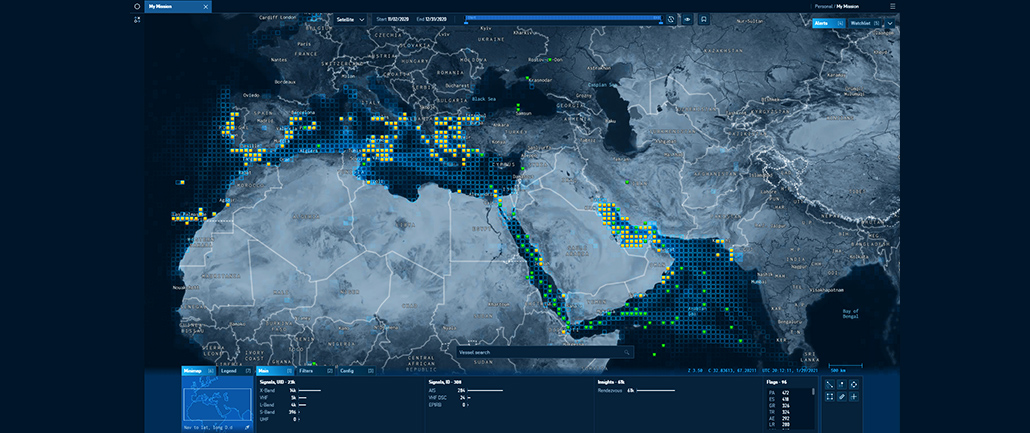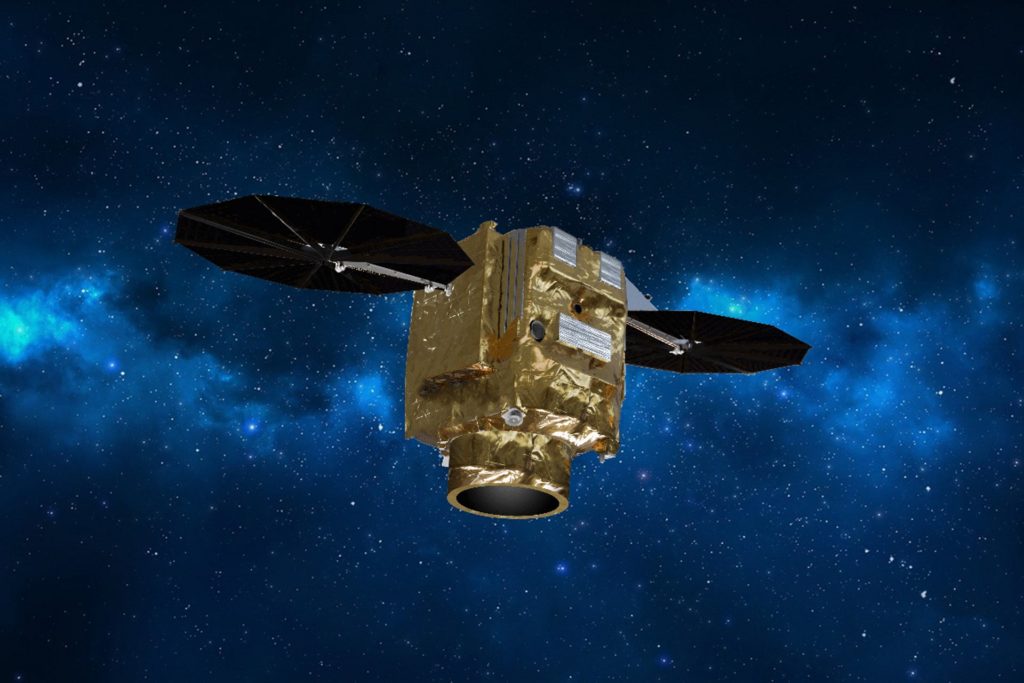
First commercial platform for RF data launched to turbocharge geospatial intelligence
Today, if you want to leverage geospatial data for an application, there is no dearth of online marketplaces offering affordable, pay-as-you-go analysis of open-source spatial data and commercial satellite imagery alike.
However, there is one dataset that plays a crucial role in global defense programs, wildlife protection, maritime applications, and emergency management, and yet, there is no easy way to monitor, locate, visualize, or analyze it in a cost-effective manner.
This data is found in the radio frequency (RF) portion of the electromagnetic spectrum.
For the longest time, radio signals were available only in the form of highly classified datasets, which meant nobody outside the state intelligence communities could be privy to them. But with the RF spectrum finding utilization in everything from consumer goods like cellphones to deep-sea shipping vessels, the demand for unclassified RF data has increased across commercial and humanitarian sectors too.
And this is why Virginia-based geospatial analytics company HawkEye 360 has launched Mission Space, a first-of-its-kind commercial platform built to facilitate the analysis of RF data for geospatial intelligence (GEOINT) missions.

HawkEye 360 Mission Space RF Analysis Platform
By automating the ingestion and visualization of RF signal data and analytics, Mission Space allows analysts to intuitively manipulate and explore all available spatial information within one frame of view. Analysts can see trends and patterns and grab in-depth detail about RF signals, all while maintaining a summary of RF activity for context.
For example, while identifying RF activity in a designated maritime area of interest, not only will Mission Space pinpoint a shipping vessel’s specific RF geolocations, but the platform would also show you its identity, history, past sanction violations, and any identified behavior patterns.
Interestingly, HawkEye 360 uses its own constellation of small satellites to gather commercial RF data and improve the geospatial intelligence. And the company foresees its data supporting a variety of GEOINT applications, such as tipping and cueing of other data sources to include electro-optical and radar imaging satellites.
For Alex Fox, Executive Vice President, HawkEye 360, Mission Space is no less than a “breakthrough for commercial RF mapping” and is unrivaled in the commercial sector. “The platform will empower our customers to efficiently extract immense value from our RF signal subscription services. It will accelerate user adoption of commercial RF analytics across the global defense, intelligence, commercial and humanitarian sectors.”
As John Serafini, HawkEye 360 CEO, puts it, “Visible imaging was once only the domain of governments, until the first commercial imaging satellites were launched. Now look at all the value we’ve gained from commercial images. The emergence of small satellite technology and the lower cost of launch have made it feasible for HawkEye 360 to develop high-capability satellites that are able to generate valuable geospatial insights from RF signals.”
Did you like the article? Read more and subscribe to our monthly newsletter!






